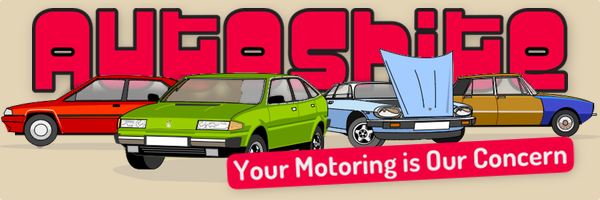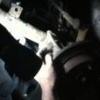1980’s motoring in Poland
-
Similar Content
-
- 12 replies
- 518 views
-
project Datsun Cabstar 1980 1 2
By howe,
- 59 replies
- 6,307 views
-
- 4,406 replies
- 741,472 views
-
- 12 replies
- 1,019 views
-
- 815 replies
- 46,258 views
-






Recommended Posts
Create an account or sign in to comment
You need to be a member in order to leave a comment
Create an account
Sign up for a new account in our community. It's easy!
Register a new accountSign in
Already have an account? Sign in here.
Sign In Now